Colored decorative rocks are not just a trend; they are a transformative element for both indoor and outdoor spaces. As someone who has dabbled in landscape design for several years, I can confidently say that these vibrant stones can elevate the aesthetic of any space. This comprehensive guide will explore the various types of colored decorative rocks, their benefits, application ideas, and much more!
What Are Colored Decorative Rocks?
Colored decorative rocks are small stones, pebbles, or gravel that have been dyed or naturally occur in a variety of colors. They are used primarily for landscaping, garden designs, and interior decoration. The versatility of these rocks allows them to be a focal point or a subtle complement to your overall aesthetic.
Types of Colored Decorative Rocks
1. Natural Colored Rocks
Natural colored rocks boast vibrant hues created through geological processes. They are perfect for those who prefer an eco-friendly option. Here are some popular types:
- River Rocks: Smooth, rounded stones available in various colors.
- Pebbles: Small stones that come in a rainbow of colors, perfect for pathways and gardens.
- Granite Chips: Durable and available in various shades, great for driveways and garden beds.
2. Dyed Decorative Rocks
These stones are treated with colorants to achieve a specific look. They offer a wider range of vibrant colors and are commonly used in more formal garden designs.
Popular Options Include:
- Colored Gravel: Available in various sizes and colors, perfect for filling spaces.
- Colored Pebbles: Great for decorative touches in planters or as a ground cover.
- Crushed Stone: Ideal for pathways and driveways, providing a sturdy base with a splash of color.
Benefits of Using Colored Decorative Rocks
Why should you choose colored decorative rocks over traditional landscaping methods? Here are some compelling reasons:
- Low Maintenance: Unlike grass or flowers, rocks require minimal upkeep.
- Water Conservation: Rocks prevent soil erosion and help retain moisture.
- Versatile Aesthetic: They can fit into any design theme, from modern to rustic.
- Durability: Rocks last long and can withstand various weather conditions.
- Eco-Friendly: Many colored rocks are sourced sustainably.
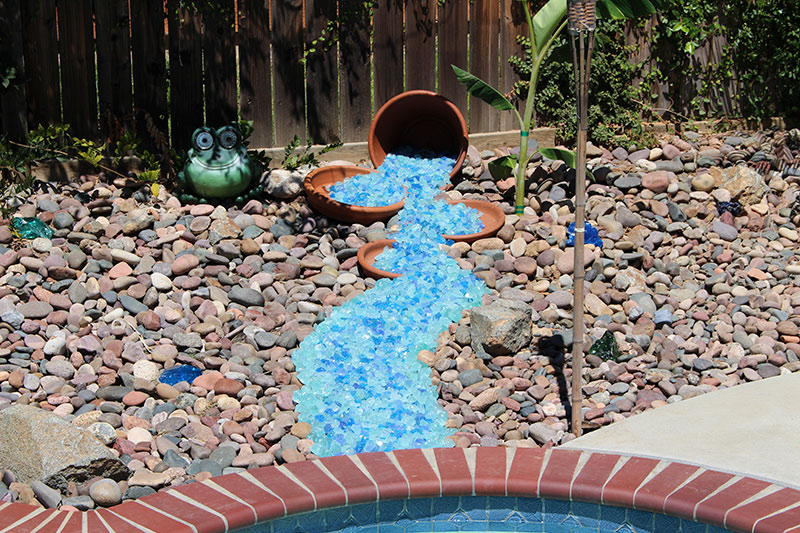
Application Ideas for Colored Decorative Rocks
Colored decorative rocks can be used in a multitude of ways. Here are some creative ideas:
1. Landscaping
Use colored rocks in garden beds, borders, or as mulch to add texture and color.
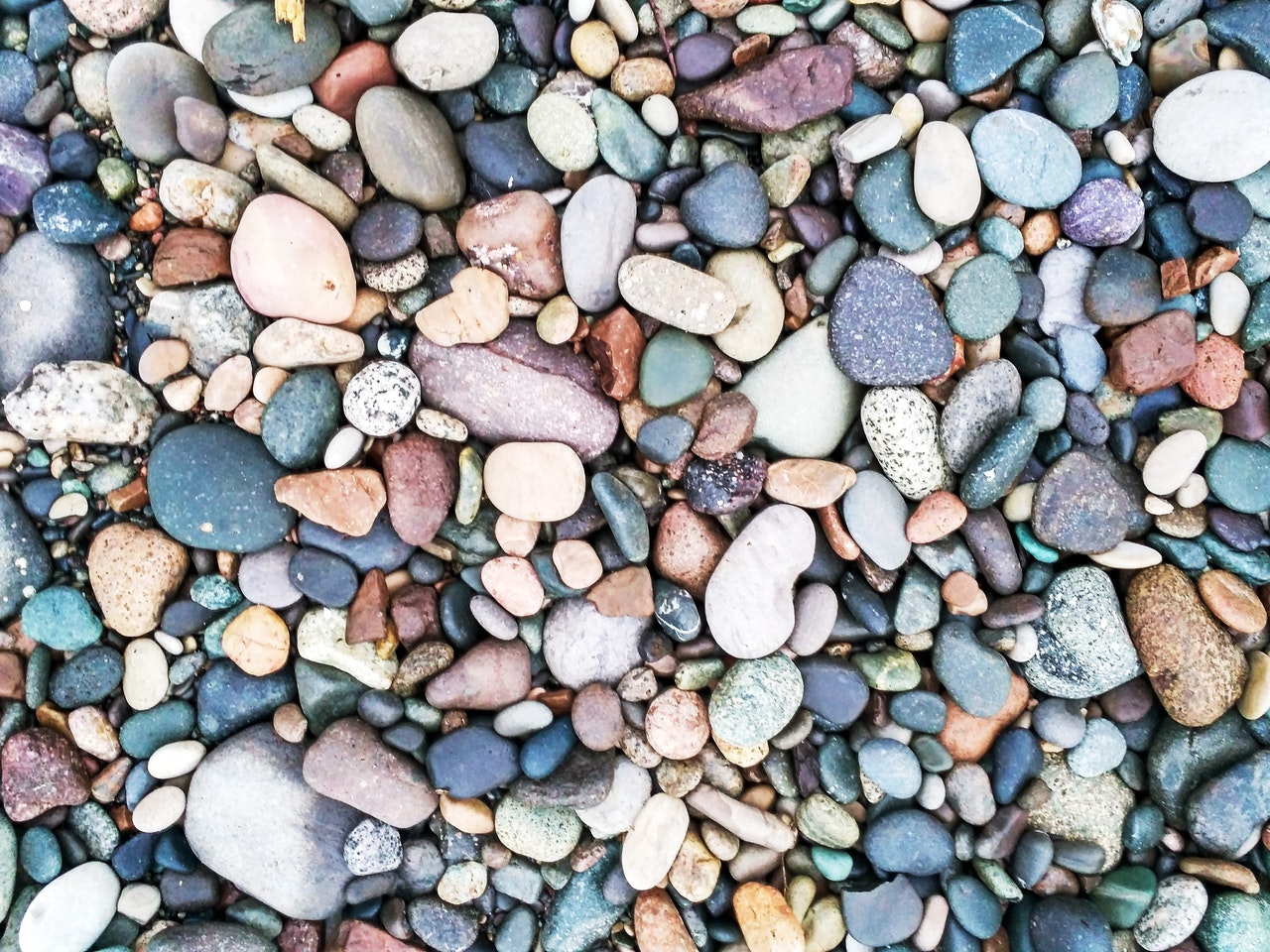
2. Pathways
Create an inviting stone path in your garden using a mix of colored pebbles and gravel.
3. Water Features
Incorporate rocks into a water feature or pond for a natural look.
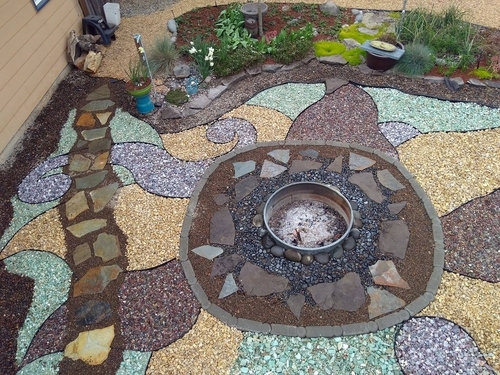
4. Indoor Decor
Decorate vases, terrariums, or potted plants with colored stones to enhance your home decor.
5. Flower Pots
Top your plant pots with colored rocks to add contrast and visual interest.
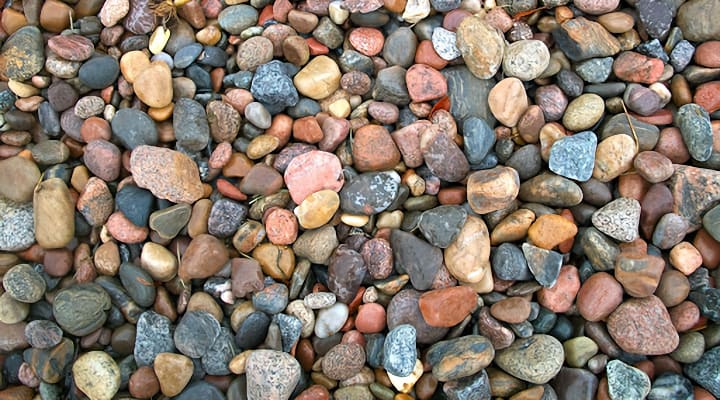
How to Choose the Right Colored Decorative Rocks
Choosing the right rocks involves considering a few important factors:
1. Purpose
Determine where and how you plan to use the rocks. Are you creating a garden path or enhancing indoor decor?
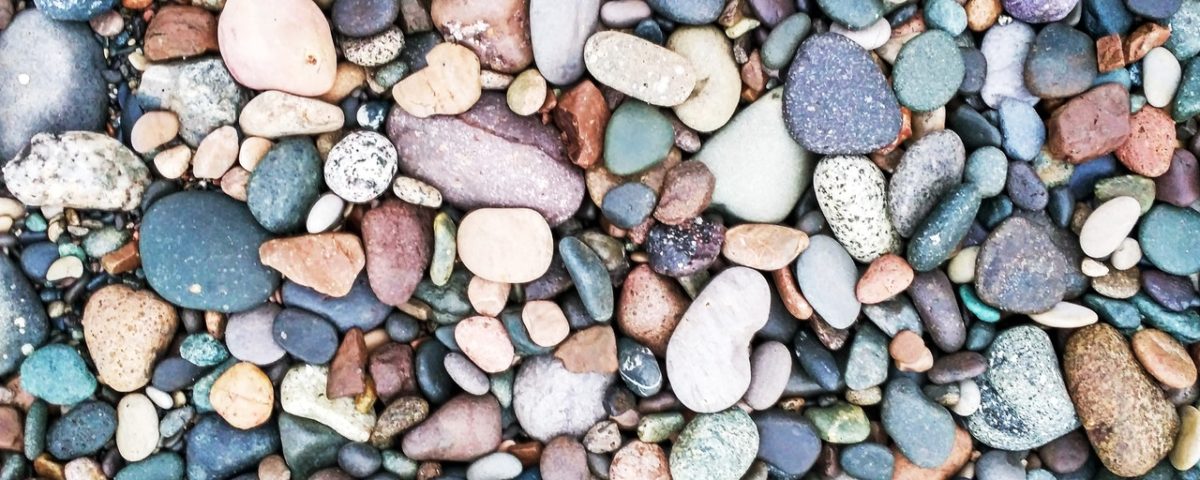
2. Color Scheme
Choose colors that complement your existing landscape or interior design. Neutral tones might be better for a calm space.
3. Size and Shape
Consider the size of the rocks suitable for your project – larger stones can be used for focal points, while smaller pebbles work well for ground cover.
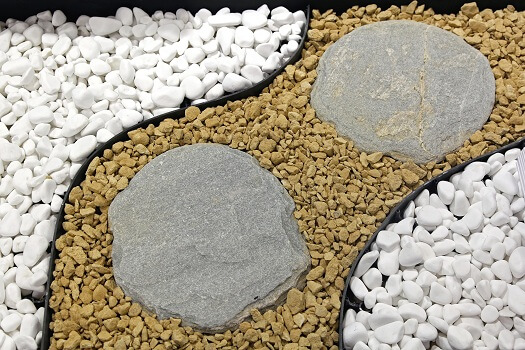
Comparison of Different Types of Decorative Rocks
| Type | Natural | Dye | Price |
|---|---|---|---|
| Color Variety | Limited | Wide range | Varied |
| Maintenance | Low | Low to Medium | Medium |
| Durability | High | High | Medium |
| Eco-Friendly | Yes | Depends on source | Varies |
Pros and Cons of Colored Decorative Rocks
| Pros | Cons |
|---|---|
| Low maintenance | More expensive than mulch |
| Durable and long-lasting | Can become very hot in direct sunlight |
| Variety of colors and sizes | Heavy and difficult to move |
| Helps with soil erosion | Limited color options for natural rocks |
Where to Buy Colored Decorative Rocks
You can find colored decorative rocks at various locations, including:
- Garden Centers: Most garden centers offer a variety of decorative stones.
- Home Improvement Stores: Stores like Home Depot and Lowe’s carry many options.
- Online Retailers: Websites like Amazon and specialized landscaping retailers host a wide range.
FAQs About Colored Decorative Rocks
What are the most popular colors for decorative rocks?
The most popular colors include gray, black, red, blue, and green. These colors can either be natural or dyed.
How do I clean decorative rocks?
Use a pressure washer or hose to remove dust and debris. For stained rocks, a mixture of vinegar and water can help.
Can I use colored rocks in my garden?
Absolutely! They are perfect for pathways, borders, and even as mulch.
Are colored decorative rocks safe for pets?
Most are safe, but ensure your pets don’t ingest small rocks. Always monitor their outdoor activities.
How much do colored decorative rocks cost?
Prices vary widely based on type, color, and region, but expect to pay between $50 to $200 per ton.
Final Thoughts on Colored Decorative Rocks
Incorporating colored decorative rocks into your landscape or home decor can be a game-changer. They provide a low-maintenance, visually stunning option for enhancing the beauty of any space. I’ve personally found that the right combination of colors and sizes can completely transform my garden into a serene retreat. So, don’t hesitate—get creative and explore the endless possibilities these colorful stones can offer!